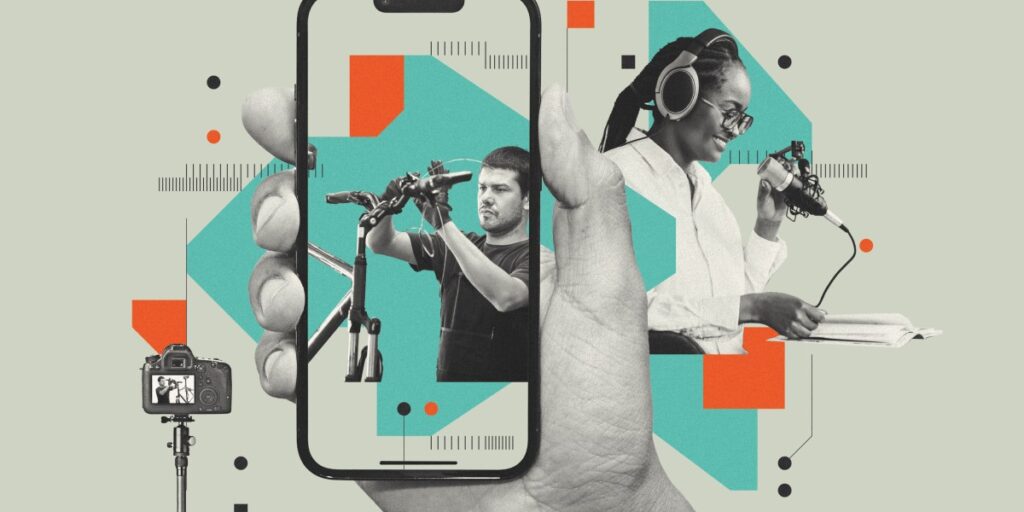The smartphone, the web, and social networks like TikTok have quickly and totally reworked this example. It’s now widespread, when somebody desires to hurl an thought into the world, to not pull out a keyboard and kind however to activate a digital camera and discuss. For a lot of younger individuals, video could be the prime method to categorical concepts.
As media thinkers like Marshall McLuhan have intoned, a brand new medium adjustments us. It adjustments the way in which we study, the way in which we expect—and what we expect about. When mass printing emerged, it helped create a tradition of reports, mass literacy, and forms, and—some argue—the very thought of scientific proof. So how will mass video shift our tradition?
For starters, I’d argue, it’s serving to us share information that was once damnably arduous to seize in textual content. I’m a long-distance bicycle owner, for instance, and if I would like to repair my bike, I don’t hassle studying a information. I search for a video explainer. If you happen to’re seeking to categorical—or take in—information that’s visible, bodily, or proprioceptive, the transferring picture almost at all times wins. Athletes don’t learn a textual description of what they did incorrect within the final recreation; they watch the clips. Therefore the wild reputation, on video platforms, of tutorial video—make-up tutorials, cooking demonstrations. (And even learn-to-code materials: I realized Python by watching coders do it.)
Video is also now not about mere broadcast, however about dialog—it’s a method to answer others, notes Raven Maragh-Lloyd, the writer of Black Networked Resistance and a professor of movie and media research at Washington College. “We’re seeing an increase of viewers participation,” she notes, together with individuals doing “duets” on TikTok or response movies on YouTube. On a regular basis creators see video platforms as methods to speak again to energy.


